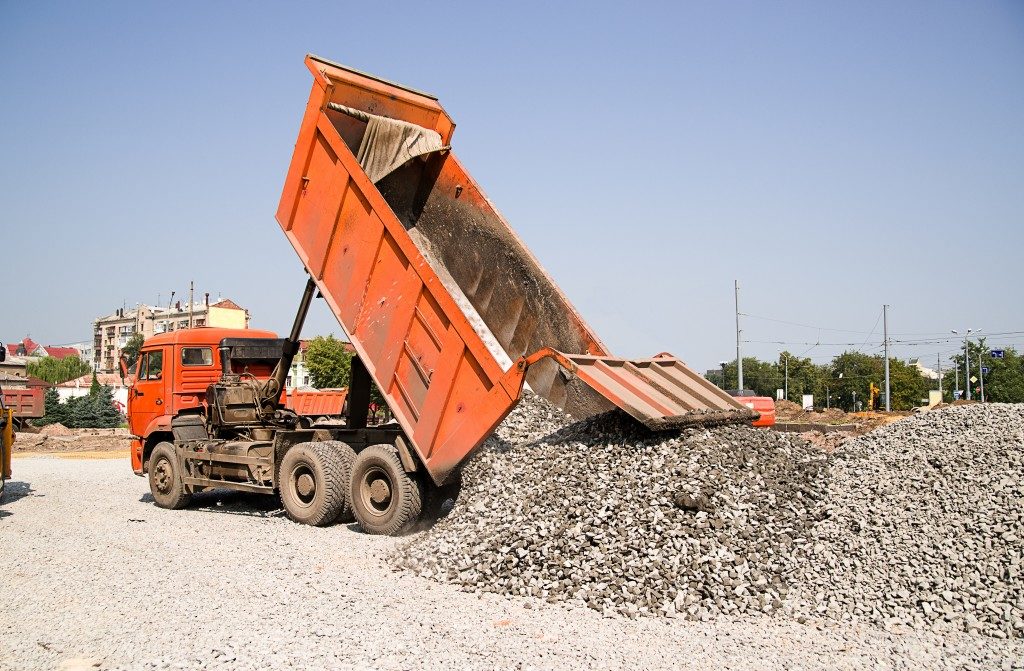The various models of tipper trucks have an assortment of features that make them ideal for specific jobs. Selecting the right trucks and tippers for a fleet would require assessing the needs of a construction company.
Tipper trucks are a vital part of every construction business. A few tipper trucks are an essential component of even the smallest construction companies and other companies that involve carrying freight, scrap, and rubble. The type of truck you would need will depend heavily on your company’s primary duties and responsibilities, which will determine the type of loads you would carry.
Ideally, the trucks you would need to acquire should be strong enough to carry the loads you would encounter as part of your operations. The types of loads your company handles would also influence the material the truck’s tipper would be made of. Rocks and rubble demand tippers with heavy-duty steel construction, which would provide durability and volume, but at the price of adding more weight to the truck. Tipper enclosures with more lightweight construction, meanwhile, are more appropriate for carrying loose or chipped materials like soil, gravel, sand, and wood chips.
The tipper’s construction is only the tip of the iceberg. Tipper trucks and their enclosures have a variety of features, each one suited for a different function. Construction companies should determine their precise needs to learn what features to look for in a tipper truck.
Hydraulic Tipping
Most tipper trucks today rely on a mechanism powered by hydraulics. Many tipper trucks’ hydraulic systems, located at the bed of the truck, move one or two ways. Especially versatile are trucks that can tip three ways, which can satisfy multiple types of jobs, but are usually rather pricey.
The most common type of tipping mechanism is the tail lift, which tilts the tipper downward away from the cab, which allows the contents to fall out the rear. Tail lift tippers are suited to dumping out massive amounts of the truck’s contents at once, which is satisfactory for most types of jobs.
Side-tipping trucks, meanwhile, are better suited for construction projects involving trenches, where they can empty the contents more precisely. This, however, also means that they have to be manoeuvred to a certain position to unload. Not all side-tipping trucks tip on both sides and deciding whether you need a side-tipping truck that tips toward either side is a key consideration to make when purchasing.

Tipper Features
One of the things to examine when looking for tipper trucks is the tipper itself. Tipper enclosures can have a broad assortment of features that make them more ideal for specific purposes. Your fleet should have multiple types of these tippers if you frequently have to haul different types of loads in a single project.
Caged tippers, for instance, are useful for hauling debris from a construction site that has a tangible risk of falling out of the tipper enclosure during transport; your fleet should have several of these vehicles if you focus mainly on moving large amounts of heavy debris.
Meanwhile, if your company is involved in hauling sand, wood chips, gravel, and other small particulate matter, it may be practical to have a chipper chute. This chute allows more control over the flow of loose or chipped materials that would otherwise be difficult to pour out with precision. Tippers with chutes are ideal for filling in smaller spaces or when dumping all the contents of the truck is unnecessary.

